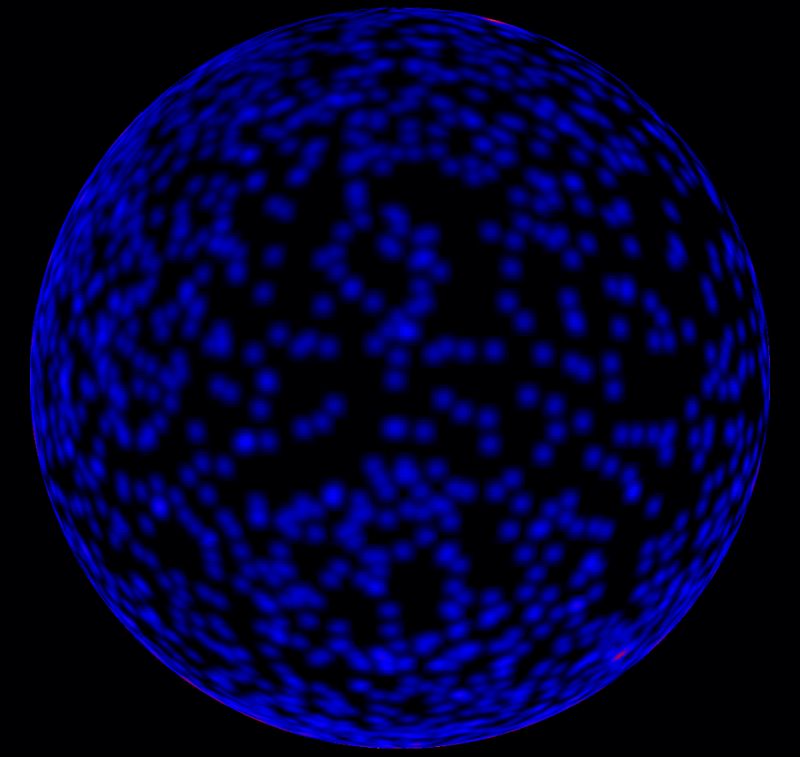
|
Explanation: A tremendous explosion has occurred in the nearby universe and major telescopes across Earth and space are investigating. Dubbed GRB 130427A, the gamma-ray burst was first seen by the Earth-orbiting Swift satellite in high energy X-rays and quickly reported down to Earth. Within three minutes, the half-meter ISON telescope in New Mexico found the blast in visible light, noted its extreme brightness, and relayed more exact coordinates. Within the next few minutes, the bright optical counterpart was being tracked by several quickly re-pointable telescopes including the 2.0-meter P60 telescope in California, the 1.3-meter PAIRTEL telescope in New Mexico, and the 2.0-meter Faulkes Telescope North in Hawaii. Within two hours, the 8.2-meter Gemini North telescope in Hawaii noted a redshift of 0.34, placing the explosion about 470 million light years away -- considered nearby in cosmological terms. Previously recorded images from the RAPTOR full-sky monitors were scanned and a very bright optical counterpart -- magnitude 7.4 -- was found 50 seconds before the Swift trigger. The brightest burst in recent years, a signal from GRB 130427A has also been found in low energy radio waves by the Very Large Array (VLA) and at the highest energies ever recorded by the Fermi satellite. Neutrino, gravitational wave, and telescopes designed to detect only extremely high energy photons are checking their data for a GRB 130427A signal. Pictured in the above animation, the entire gamma-ray sky is shown becoming momentarily dominated by the intense glow of GRB 130427A. Continued tracking the optical counterpart will surely be ongoing as there is a possibility that the glow of a classic supernova will soon emerge.
|
January February March April May June July August September October November December |
| ||||||||||||||||||||||||||||||||||||||||||||||||
NASA Web Site Statements, Warnings, and Disclaimers
NASA Official: Jay Norris. Specific rights apply.
A service of: LHEA at NASA / GSFC
& Michigan Tech. U.
Based on Astronomy Picture
Of the Day
Publications with keywords: supernova
Publications with words: supernova
See also:
- APOD: 2025 July 31 Á Supernova 2025rbs in NGC 7331
- APOD: 2023 October 11 Á NGC 1097: Spiral Galaxy with Supernova
- APOD: 2023 July 9 Á Doomed Star Eta Carinae
- APOD: 2023 May 22 Á Supernova Discovered in Nearby Spiral Galaxy M101
- Supernova Cannon Expels Pulsar J0002
- SN Requiem: A Supernova Seen Three Times So Far
- NGC 7814: Little Sombrero with Supernova
